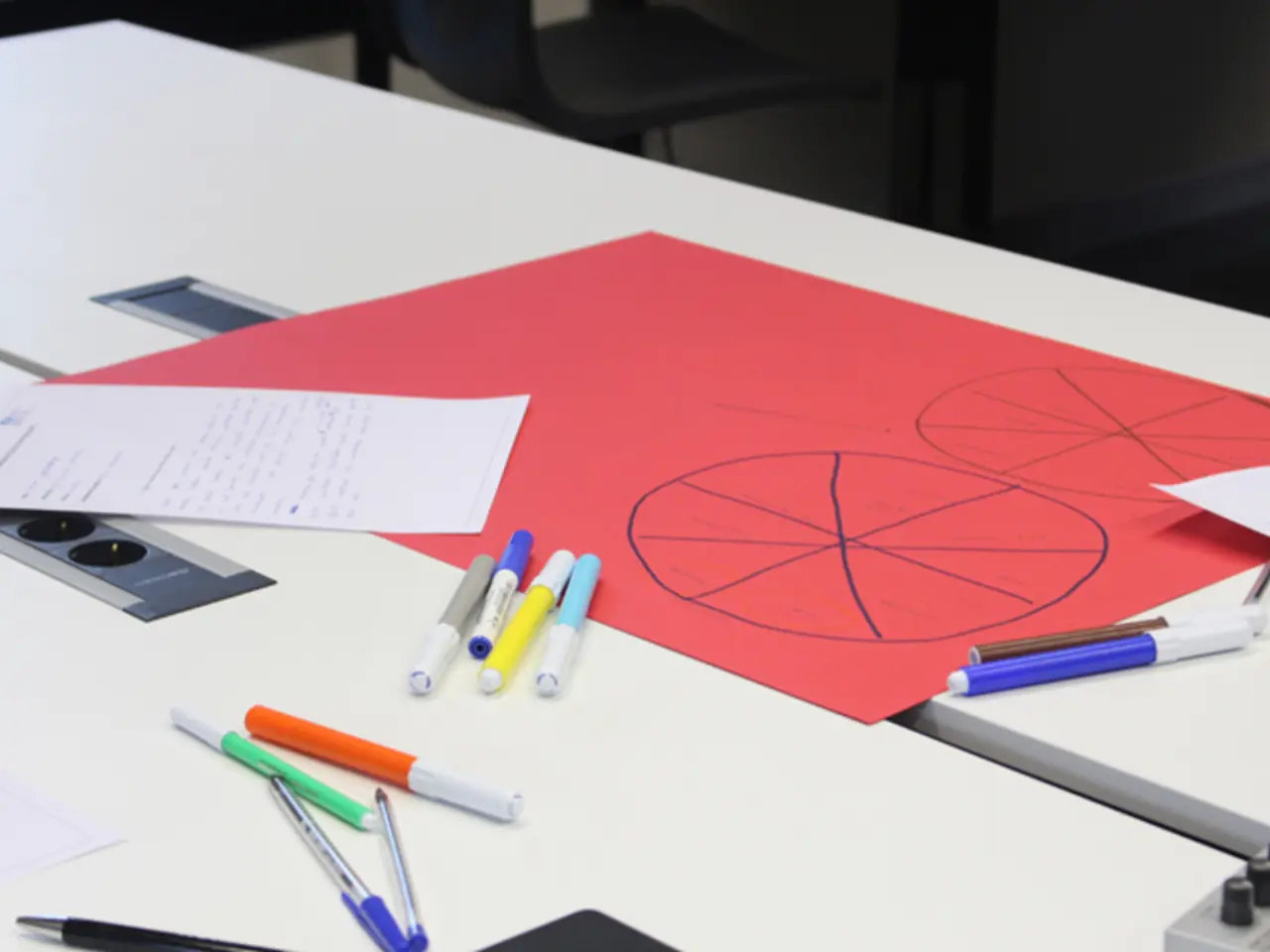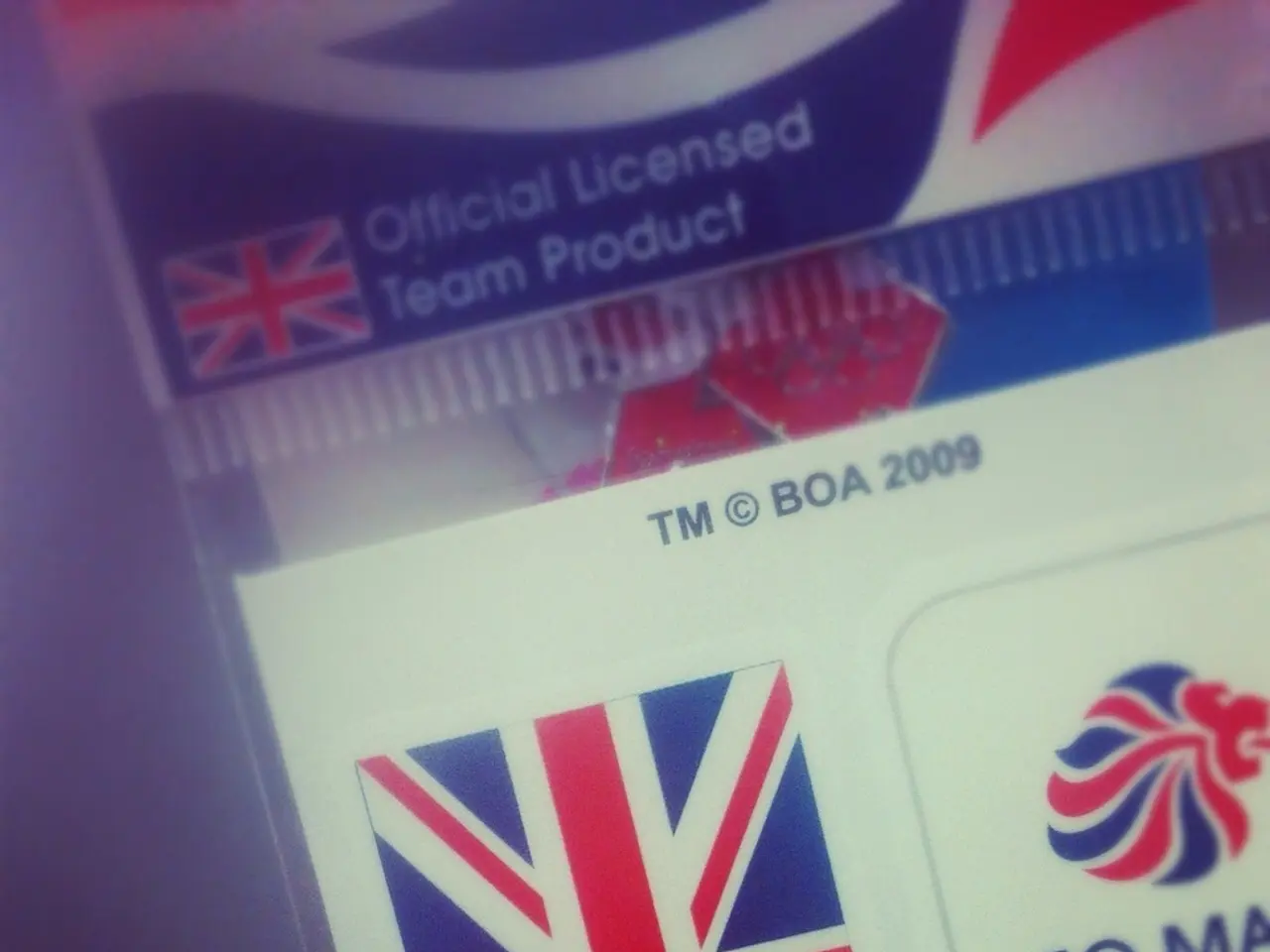Enhancing Memory for IB Students through Visual Methods: Strategies and Resources to Optimize Learning
=====================================================================
Revision for the International Baccalaureate (IB) program can be an intimidating task, but for visual learners, it doesn't have to be. By leveraging strategies that focus on the graphical, colorful, and spatial organization of information, understanding and memory can be significantly enhanced. Here's a guide to help visual learners make the most of their IB revision.
Strategies and Techniques for Visual Learning
Mind Mapping
Creating mind maps is an effective way to organize and connect topics visually. Start with a central IB subject or theme, branch out to subtopics, then add detailed branches for formulas, concepts, or examples. This helps visual learners see relationships and structures within the content, enhancing recall and comprehension.
Colour-Coding
Using different colours to highlight or categorize types of information such as definitions, formulas, or examples aids in quick information retrieval and keeps notes engaging.
Flowcharts and Diagrams
Visualizing processes, sequences, or problem-solving steps using flowcharts can clarify complex operations, formulas, or experiment steps for subjects like Sciences or IB Maths.
Visual Mnemonics
Developing symbols, icons, or simple sketches to represent key concepts can aid memory retention. These visuals serve as quick mental triggers during revision or exams.
Flashcards with Visuals
Using flashcards that incorporate images, charts, or diagrams alongside text enhances memory by engaging visual and verbal channels.
Visual Schedules and Timelines
Planning revision using visual timetables or calendars helps manage time effectively and track progress in a clear, intuitive way.
Tools to Support Visual Learning in IB Revision
Digital Mind Mapping Tools
Software like MindMeister or XMind allows easy creation and editing of colourful mind maps that can include links, images, and notes to enrich revision material.
Drawing and Note-taking Apps
Apps such as OneNote or GoodNotes enable integration of hand-drawn diagrams, sketches, and typed notes, supporting a mixed-media approach suited for IB subjects needing diagrams (e.g., Biology, Visual Arts).
Online Flashcard Platforms
Tools like Anki or Quizlet allow creation of flashcards with images and diagrams, offering spaced repetition that reinforces visual memory effectively.
Infographic Creators
Use tools like Canva to synthesize complex information into infographics, combining visuals and concise text for clear understanding and quick review.
IB-Specific Applications
IB Maths
Mind mapping formulas, visualizing graphs, and flowcharting problem-solving steps break down complex concepts for easier mastery.
IB Visual Arts
Employing visuals is intrinsic: analyzing artworks with diagrams or annotated images and integrating these into essays support deeper critical thinking.
RevisionDojo
Use RevisionDojo and similar IB-tailored platforms which provide structured templates, reflective tools, and visual resources optimized for IB revision.
By integrating these visual strategies and tools into your revision routine, you can transform dense IB content into manageable, memorable knowledge chunks tailored to your learning style. This not only improves exam preparedness but also keeps revision engaging and efficient.
Incorporating visual elements into study notes, posters, and large diagrams can transform a study space and help reinforce learning for visual learners. Platforms like Anki or Quizlet can be used to create digital flashcards with visual elements. Incorporating visual elements into group study sessions can make them more engaging and beneficial for visual learners. Video tutorials on Khan Academy or YouTube can help visual learners understand concepts through animations and visual demonstrations for IB subjects. Infographics are a great way to summarize large amounts of data or explain complex theories in subjects like Economics or Psychology. Canva is a tool that allows designing custom infographics for revision. Visual learning taps into the brain's ability to process images faster than text, making it an effective and efficient study method for visual learners.
- To boost exam performance, visual learners can use strategies like color-coding study notes or creating diagrams and flowcharts for complex topics, such as IB Maths or IB Visual Arts.
- For a more engaging and effective study environment, visual learners can incorporate visual elements into their study space, like posters and large diagrams, or use digital tools like Quizlet for creating flashcards with visual elements.
- Group study sessions can be more beneficial for visual learners when they include visual presentations or demonstrations, as found in video tutorials on platforms like Khan Academy or YouTube.
- In the realm of education-and-self-development, infographics are a powerful tool for visual learners, as they can be used to summarize large amounts of data or explain complex theories in subjects like Economics or Psychology, aiding in personal-growth and learning.




